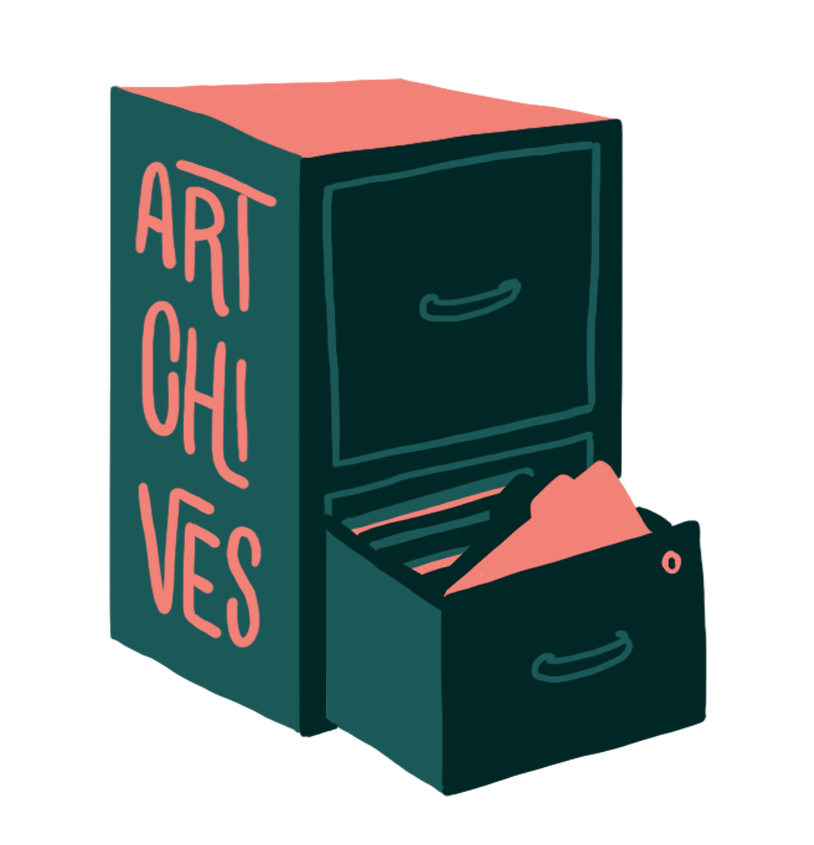How the Harrisons’ multidisciplinary practice tackled environmental issues
Known as “the Harrisons,” Newton and Helen Mayer Harrison were trailblazers in the eco-art movement. Their collection ranged from manifestos to maps, and sculptural installations. If a viewer didn’t know, they might interpret their work as data rather than art.
The couple’s multidisciplinary practice, which ranged a variety of disciplines, explored forestry issues and urban renewal, among others. This led them to collaborate with biologists, urban planners, architects, and more.
What makes their work particularly fascinating is not solely the aesthetic aspect of it, but rather the fact that each piece could be viewed as a solution to ecological issues.
“Our work begins when we perceive an anomaly in the environment that is the result of opposing beliefs or contradictory metaphors,” they said, according to a statement on their studio’s website. “Moments when reality no longer appears seamless and the cost of belief has become outrageous offer the opportunity to create new spaces – first in the mind and thereafter in everyday life.”
In fact, in the 1960s, the couple pledged they would exclusively create art that involved environmental awareness and ecosystems.
The Harrisons offered a unique take on art and its purpose, demonstrating the ways in which society’s inclination towards beautiful things makes them more likely to care about important issues if they are exhibited in a tasteful way.
“All of the sudden people are looking at the environment in one way or another, and they’re looking differently,” said Helen in a video of their sculpture Wilma the Pig. “In other words, it’s bringing their attention in a way that is meaningful.’”
The work was displayed at the Museum of Contemporary Art in Los Angeles for their 2012 exhibition Ends of the Earth: Land Art to 1974, a remake of one of their earlier installations titled Hog Pasture, wherein the creative duo recreated a small live pasture within the Boston Museum of Fine Arts. They had intended on bringing a hog into the space, however, the museum refused.
Among their other large-scale projects is The Force Majeure (2007 to present). The ongoing series is a manifesto for the present and the future and offers proposals to adapt to a changing world.
In fact, the Harrisons started the Center for the Study of the Force Majeure at the University of California, Santa Cruz, a research centre that enables the collaboration between artists and scientists in an effort to design projects that respond to climate change.
Despite art being often deemed unimportant, the Harrisons’ works and legacy demonstrate the ways in which art can serve as an alternative way of discussing important issues.
“Why not artists?” reads a statement on the Centre’s website. “Art is the court of last resort – and our best hope.”
Visuals courtesy of Taylor Reddam.
